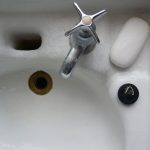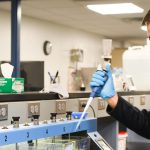Where Does Thornton’s Water Come From?
Thornton’s water comes from watersheds throughout our beautiful state of Colorado, but before we dive in, let’s back up to the basics. Where does most drinking water come from? We can take this all the way back to precipitation! When rain falls and snow melts, the water follows gravity, naturally collecting in creeks, rivers, streams and lakes that flow toward a common body of water. The area that flows into that common body of water is known as a watershed.
Although Colorado is never immune to drought conditions due to our semi-arid and high-desert climate, snowmelt from our mountain snowpack provides the bulk of our water supply. Colorado also sees precipitation in most months of the year, which supports our water sources even during the hottest months.
All caught up? Let’s learn more about how that precipitation makes its way to Thornton!
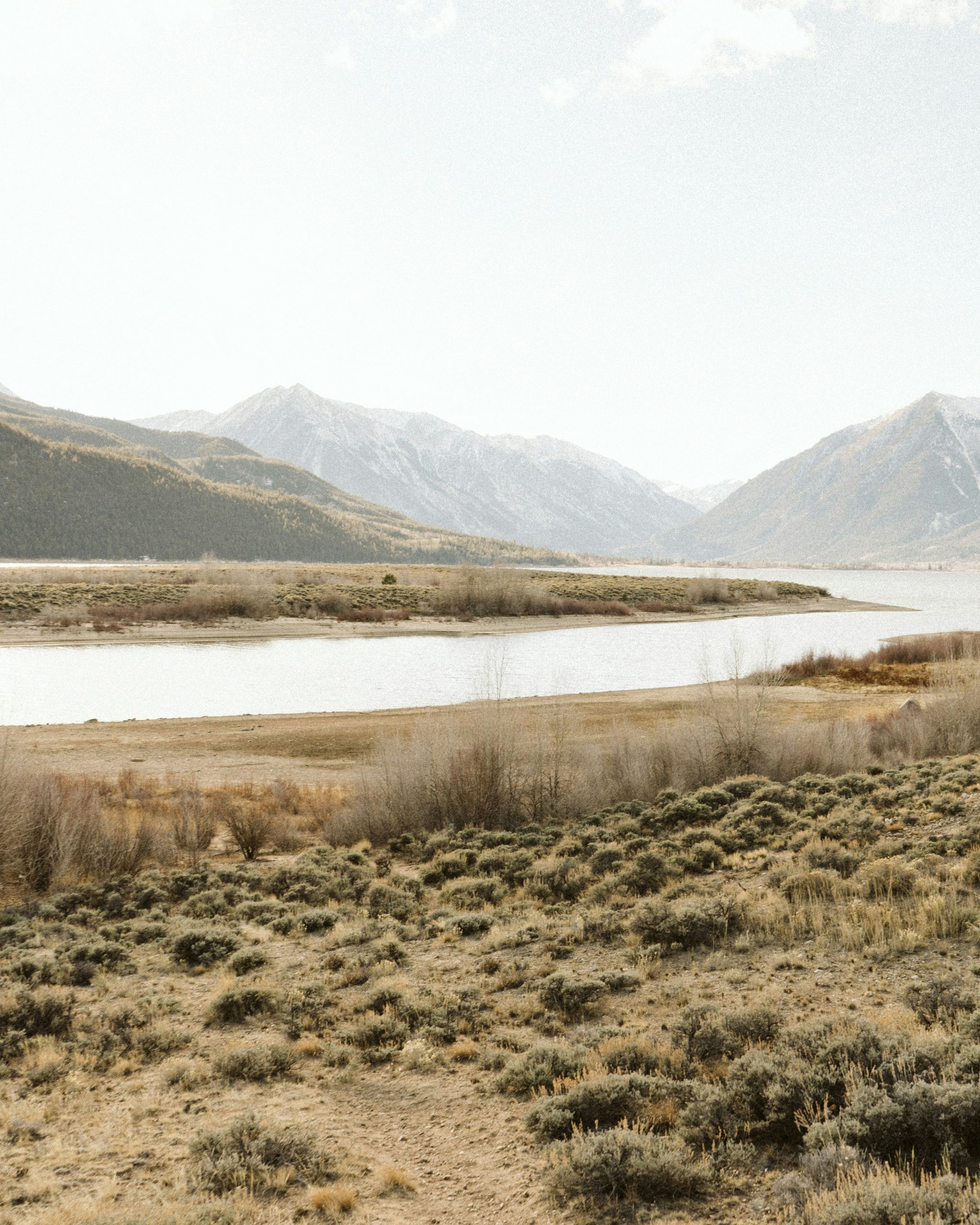
Keep in mind: As of July 2024, Thornton is in Drought Watch. You can always check the Restrictions and Drought page on our website to see the current drought status, conditions, and learn how you can conserve our most precious resource!
From the Clouds to Surface Water to Reservoirs
Every spring, when the snowstorms wrap up and the weather gets warmer, snow begins to melt, providing water to the creeks and rivers in Colorado’s watersheds. This runoff flows into Clear Creek and the South Platte and Cache la Poudre rivers, where Thornton has water rights.
Clear Creek Basin
For operational purposes, Thornton’s water from the Clear Creek basin is divided into upper and lower systems. Water from the upper system is delivered to Standley Lake from the Farmers’ Highline Canal and the Croke Canal. This water is held in Standley Lake for storage and is conveyed to the Thornton Water Treatment Plant through an 11-mile pipeline.
Water from the lower Clear Creek system is delivered into the West Gravel and Brannan Lakes through the Lower Clear Creek Canal and the Colorado Agricultural Canal. The water stored in Brannan Lakes can be pumped back into the Lower Clear Creek Canal and conveyed to the West Gravel Lakes for storage. The water stored in the West Gravel Lakes is pumped directly to the Wes Brown Water Treatment Plant.
South Platte River Basin
Thornton’s water from the South Platte River is delivered primarily through the Burlington Canal to a series of interconnected reservoirs. These reservoirs include the South Tani Reservoir, East Gravel Lake No. 4, and the Dahlia, Sprat Platte and Cooley Reservoir complexes. These reservoirs are all connected through a series of pipes. Water is delivered to the Wes Brown Water Treatment Plant from East Gravel Lake No. 4.
Additional components of Thornton’s South Platte River basin system are Duck Lake and Wellington Reservoir, both of which are located high in the mountains. Duck Lake is on Geneva Creek and Wellington is on Buffalo Creek. Water stored in these reservoirs is then released and conveyed down the South Platte River where Thornton recaptures it at the Burlington Canal.
Cache la Poudre River Basin
Water from the Cache la Poudre River is delivered into reservoirs owned by the Water Supply and Storage Company (WSSC). For more than 130 years, this water has been diverted from the river and used for farming within the WSSC’s irrigation system. Once the Thornton Water Project is complete, the same water will be delivered to the Thornton Water Project pipeline instead of being used for farming to provide a new water source to Thornton without impacting existing diversions in the Poudre River.
Additional pipelines and canal connections allow Thornton Water to exchange water between all these sources to improve water quality and supplement water resources during times of drought.
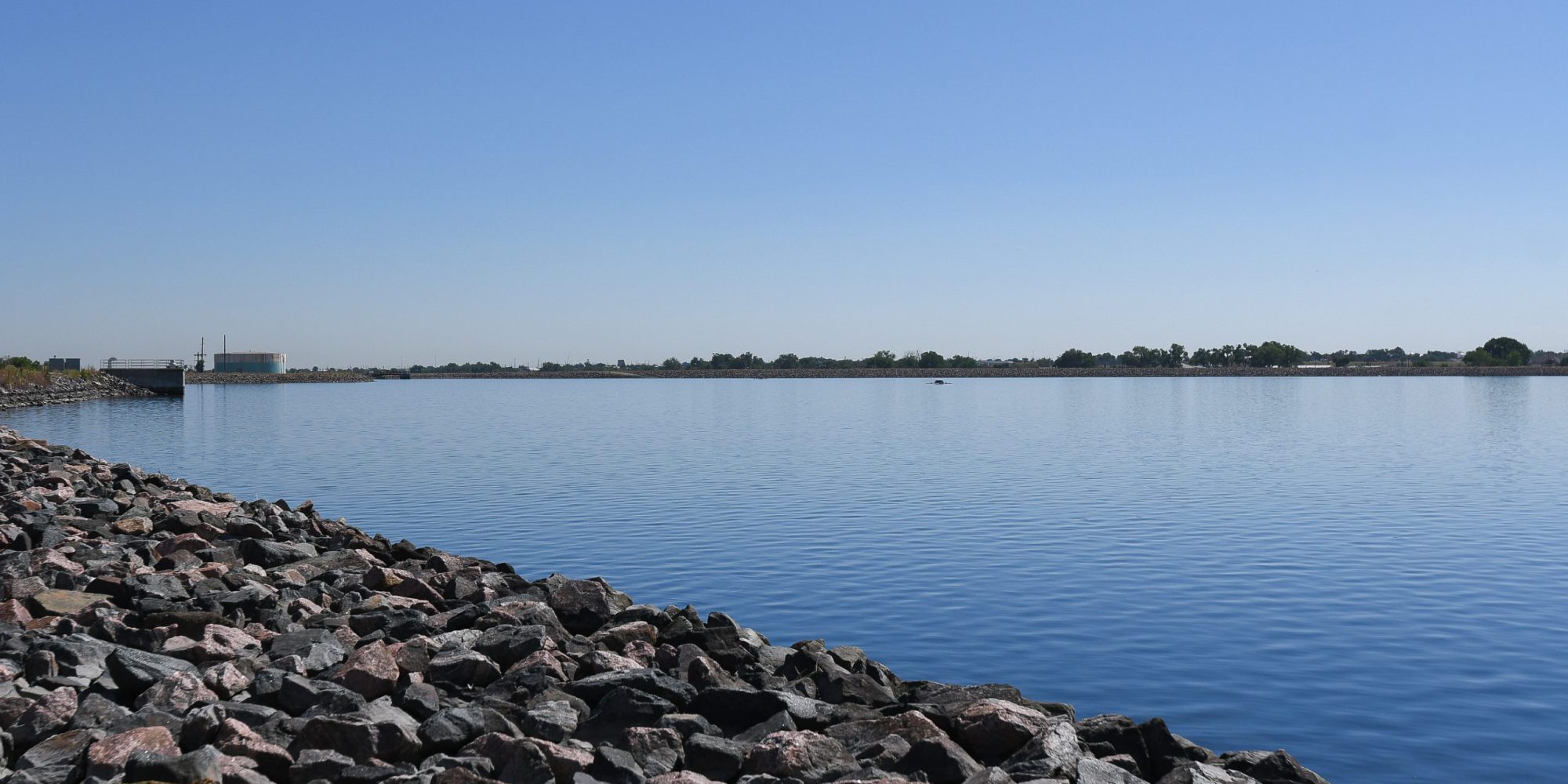
Each of these watersheds provides critical resources to Thornton to ensure a clean, reliable water supply for our customers. With a rapidly growing community and constant threat of drought, watershed diversity provides us with water security. If we want to make sure Thornton has a reliable water supply, we can’t put all of our eggs in one basket. Or all of our water in one reservoir, if you will.
Interdepartmental teams examine the city’s drought triggers and monitor snowpack and precipitation year-round. If you’d like to keep learning about water security beyond our rights and storage measures, check out our Planning for Thornton’s Water Security Waterblogged.
Water’s Life Cycle After the Reservoirs
Water can be stored in our reservoirs for months or even years at a time before it heads off to treatment. During its time in one of our 18 reservoirs, Thornton Water crews complete regular quality checks and rigorous rounds of testing to ensure that, when the water reaches our customers, it meets or exceeds all Safe Drinking Water Act standards.
Raw water from the reservoirs is pumped to the treatment plants where it is treated and delivered to our customers’ homes and businesses. The raw water tests our team have completed are just the first step to ensuring quality of our treated drinking water. Stay tuned for our fall waterblogged articles to learn more about the quality of your water and how we protect our water sources!
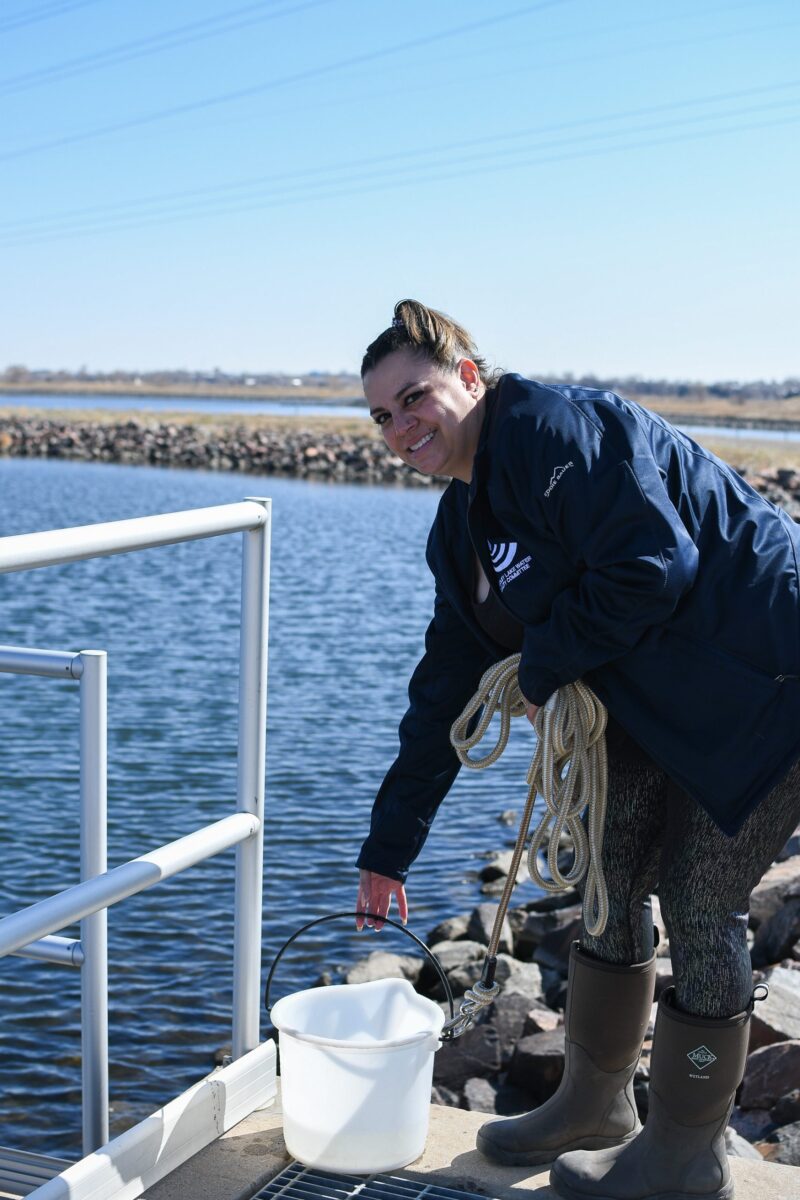
Need to get in touch? Drop us a line! For additional resources, visit the Water at Work page on our website.



